The Goa Carnival is an integral part of the Portuguese heritage of the state, which was a dominion of Portugal till 1961. The carnival epitomizes the fun-loving culture that is characteristic of Goa. It was introduced by the erstwhile rulers as a rowdy celebration in which flour, eggs, oranges, lemons, mud, sand-filled gloves along with dirty water, various liquids and glue were aimed at passersby. Used pots, pans, and other kitchen utensils were also thrown out of windows. Perhaps this was done to discard the old and the dirty before the Lenten fast.
Fierce battles were waged in the streets, with plaster-of-Paris eggs, wax lemons, corncobs and beans. Blows were dealt out liberally, with brooms and wooden spoons. It was also an occasion for unchecked eating. People gorged on rich food at lavish feasts, and convents distributed cakes and pastries. Though celebrated for only three days, the preparations for the festival would take many days, and build up to a frenetic pitch by the eve of the carnival. The carnival in Goa still retains the core of the original. A King of Chaos is elected, called King "Momo". He presides over the three-day festivities, which attract visitors from all over India and abroad
Carnival in Goa is a non-stop 3-day festival of color, song and music, providing a healthy entertainment for all, young and old. The soothing climate, full of fun- 'n' -frolic, which the Carnival generates, is much longed for. It does not matter whether one enjoys or see others enjoying. There is enthusiasm and happiness all around.
From a mere 14,000 to a massive 200,000! This is how the population of Pushkar swells during the Pushkar Fair. A spotlight of one's Indian holiday, the festival hosts around 50,000 camels which are sold, decorated, shaved and raced. The show goes on for a whole week as travellers continue to join in the fun, which includes a number of cultural competitions.
Pushkar is a sacred town for the Hindus, situated 11 kms. to the North-West of Ajmer. The charm of this sleepy, lakeside settlement so captivated the great Indian poet, Kalidas, that it found a place in his classic, Abhigyan Sakuntalam. The Great Hindu epics of Mahabharat and Ramayana make references to this religious place regarded to be Adi Tiratha. Evidence points to its having existed during the fourth century B.C. lake in the inhospitable surroundings of a desert is no less than a miracle. The legend about the Creator God, Bramha describes the creation of this lake. When the demon Vajra Nabha killed Brahma's children, he in turn struck him with his weapon, a lotus flower. Vajra Nabha died with the impact, and the petals of the lotus fell at three places. One of them is Pushkar, where a lake sprung into being. Brahma is supposed to have performed sacrifice at this lake on Kartik Purnima (the full moon day of the Kartik month), hallowing the place. Sacred to Brahma, Pushkar boasts of its temple dedicated to him, which is the only one of its kind in the world. A dip in the waters of Pushkar and worship at his temple ensure salvation. So thousands flock to Pushkar to observe the ritual on kartik Purnima, or on any of the four days preceding it.






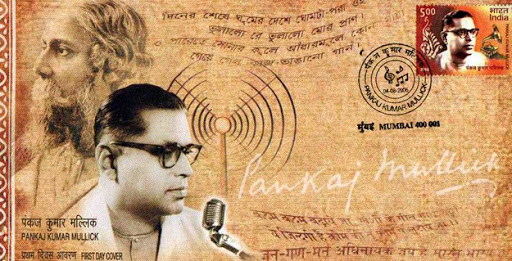
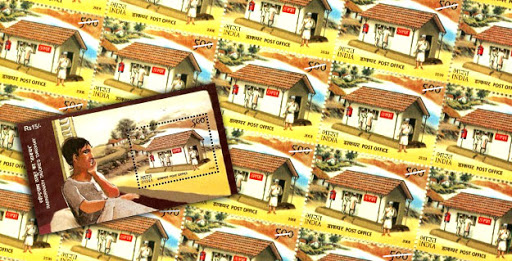
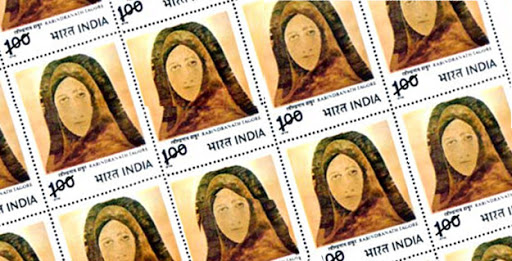
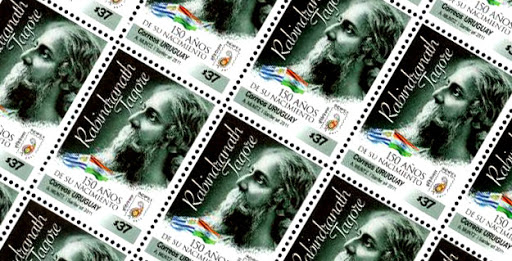
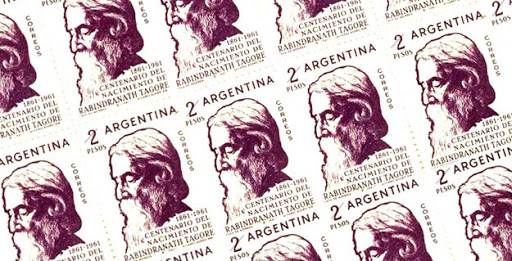
0 comments:
Post a Comment